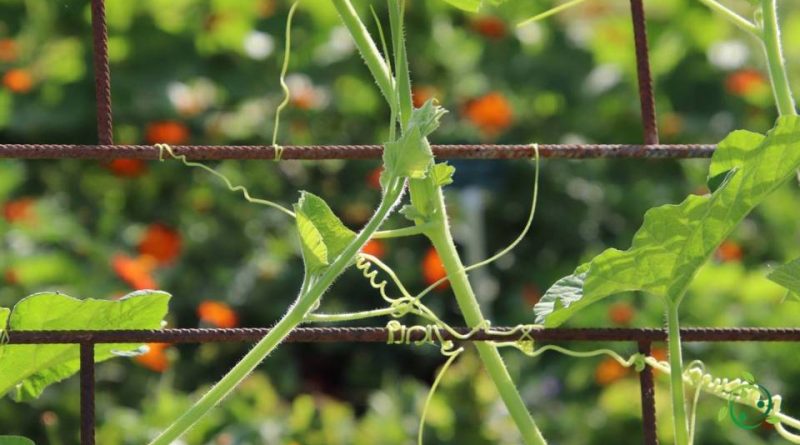Cirrus
Cirrus
In botany with the term cirrus or tendril, we mean a prehensile organ, thin and long that allows non-twining plants, to envelop themselves in supports, to climb upwards, derived from the transformation of the caule, leaves or roots.
Cirrus are therefore organs of attachment or support and they are clusters or modified inflorescences that allow the plant to cling to other plants or to various supports.
Cirrus clouds can have different morphogenesis, in fact they can originate from the metamorphosis of the stem (such as in the vine, or of the leaves (as in legumes) or of the root (in the case of orchids).
These structures are typical of plants with slender stems, which could not support themselves in an upright position.
In some plants, such as in the pea, the cirri are the terminal leaflets that change to become organs with which the plant attaches itself to rigid supports; in this case the cirrus clouds are not stems, but modified leaves.
In still other plants, such as Cicerchia bastarda, it is the entire leaf that changes to become a tendril while the stipules widen and take care of photosynthesis. Sometimes the tendrils can form small flowers, as in hops.

